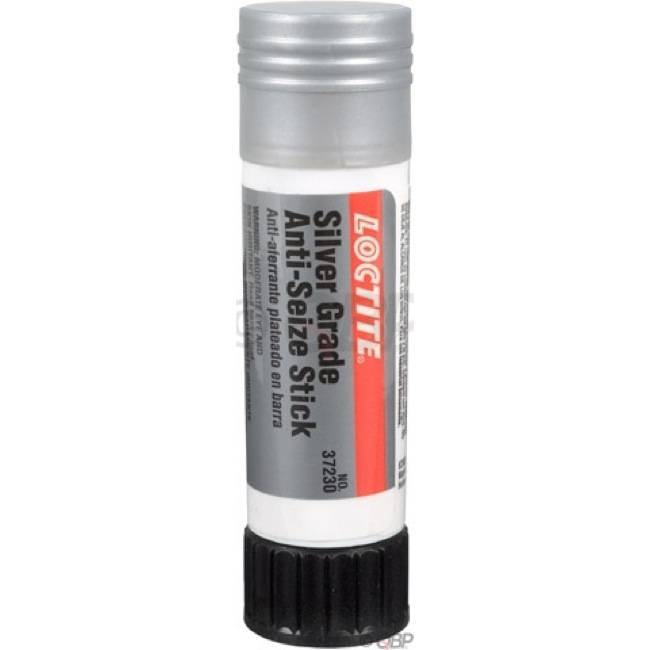What is Loctite and Anti-Seize?
Loctite is the brand name of an adhesives company that has become synonymous with chemical threadlocker. Anti-seize is also a common chemical compound added to threads during assembly, for a different, yet equally important purpose. “What type of Loctite do I use” or “Should I use anti-seize on this?,” are both common questions we hear at Touratech. With a broader knowledge of each product, one can smartly apply the correct compound. I will try to give a brief overview of both and some common examples to help answer these questions, and clarify their usages.

Loctite
Simply put, Loctite is for when you don’t want things to come apart. It quite literally hardens to lock the threads together, insulating the fastener from the effects of vibration that might conspire to loosen them. Motorcycles, especially single and twin cylinder machines tend to vibrate a bit, you can feel it, and it is also felt by the scores of fasteners found throughout the motorcycle. Loctite is available in dozens of forms and strengths, including some special forms for things like high temperature. The two most common forms are liquid or paste, with the paste being in a glue stick type applicator. I find the glue stick type paste to be the easiest to use, and with less product wasted. The two strengths most called for in motorcycle applications are medium (blue) and strong (red). A quick word of warning, the packaging may not always reflect the strength.
 This is the general purpose version, nothing special needs to be done to remove the fastener. This can be though of as the equivalent to a nyloc nut. I always keep a stick of this in my toolbox.
This is the general purpose version, nothing special needs to be done to remove the fastener. This can be though of as the equivalent to a nyloc nut. I always keep a stick of this in my toolbox.
Red: High Strength: This type of Loctite is largely for special applications. I have seen it used for flywheel or clutch retaining bolts, but often even then it is still the blue type. Heat or an impact driver is often called for to remove fasteners treated with this type of Loctite. I honestly do not remember the last time I used red Loctite.
Anti-seize is used to lubricate and protect surfaces (generally threads) from corrosion.
With stainless steel hardware (like found on most Touratech accessories) it is required to prevent galling on the threads. Galling is when the metal heats up due to friction, little parts of the threads break loose and jam the nut and bolt making them effectively on piece. The pins that brake pads ride on are an often forgotten use for Anti-Seize. In this case, it is largely for corrosion prevention. If a brake pad gets caught up on the pin it can cause a dramaticly reduced function in the brake.
To read more of Archambault’s Angle CLICK HERE.
About the Author
Eric is an incurable motorcycle nut. He’s owned everything from scooters to vintage motocross bikes and now spends much of his time riding and talking about adventure motorcycles. If you have been to the Touratech store in Seattle or called the offices, chances are you’ve talked to Eric. Eric recently came in second place in the adventure class at the Desert 100 Race. He’s a key part of the Touratech race team and when he’s not at the local Harescramble or Enduro event he can be found roaming the Cascade mountains on his KTM 950 looking for new routes for the Touratech Rally.
